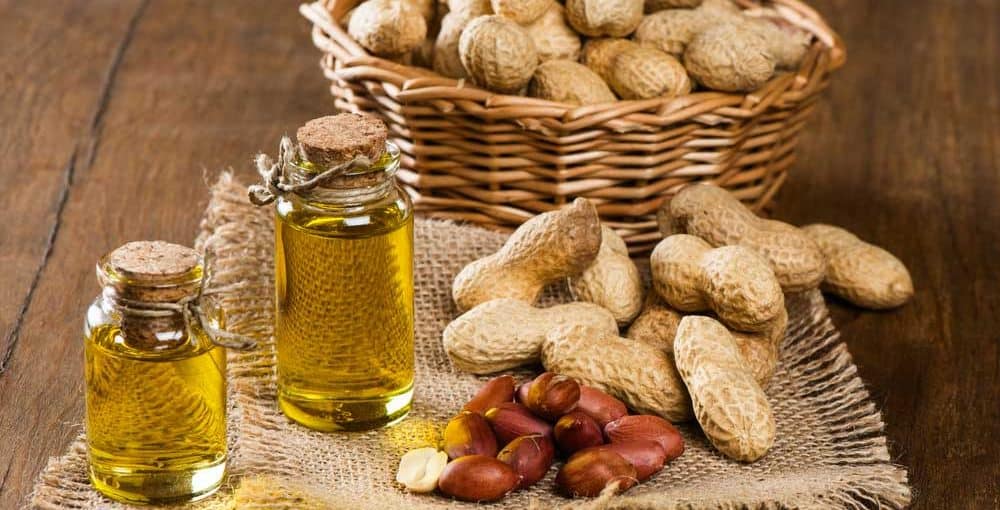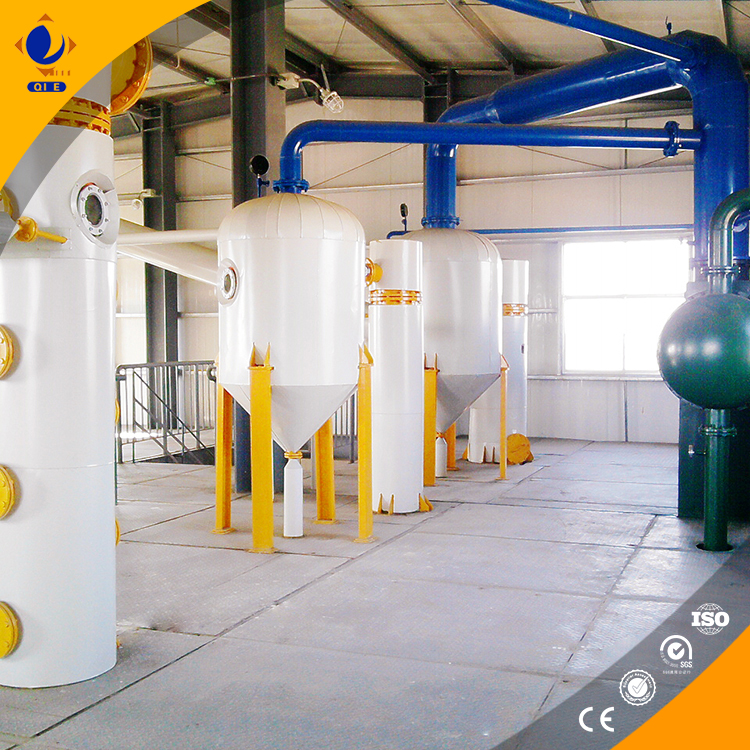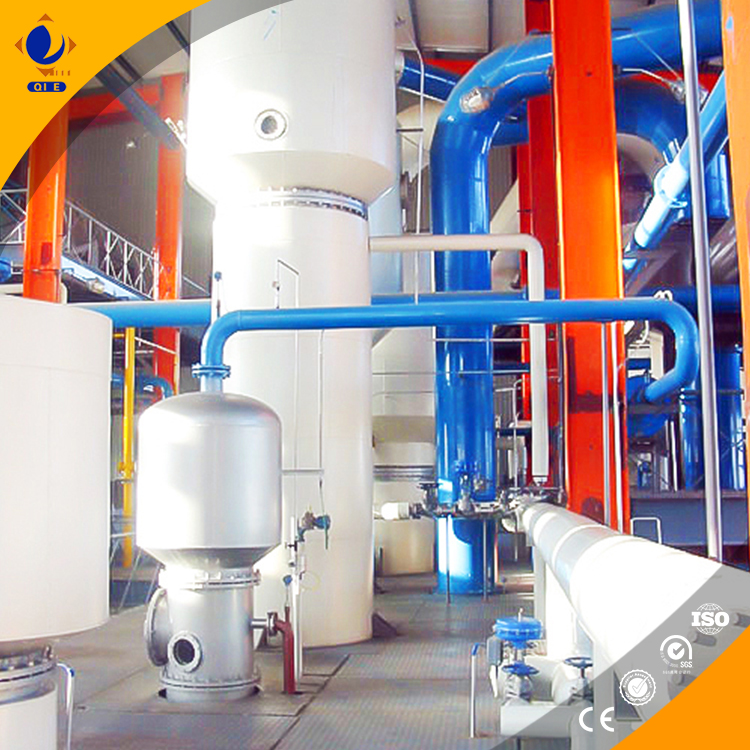
We can provide the equipments to process different capacity of peanut/ groundnut. They bring unrivalled experience to bear in producing accurate drawings detailing foundation loadings, building dimensions and overall plant layout designs, tailor made to suit individual requirements.
Pre-press process introduction:
1.Flow chart:
Peanut seed→Metering→Cleaning→Crushing→Cooking→Flaking→Pre-press→Pressed cake to packing line
↓
Crude oil filter→to the refining plant

2. Process characteristic:
1) Full continuous and mechanized operation, and with electrical interlocking control system.
2) The equipment layout is in tower structure, and the material flow by relying on gravity to reduce reducing power consumption.
3) Take into consideration the environmental requirements in modern industry. The workshop is also equipped with the dedusting system with high performance, so as to meet the requirements of production and environmental protection.
4) When producing germ meal, the roller softening pot can better meet the flaking technical requirements.
5) Select scraper conveyor as much as possible, which can effectively reduce raw material crushing, improve solvent permeation into the material layer, and increase the extraction efficiency.
3.Peanut Oil Continuous refining workshop Introduction
Main Processes Introduction:
1) Hydration Deguming & Alkali Refining Deacidification Process
2)Continuous Decoloring Process Features
3)Continuous Refining Deodorizing Process
4)AutomaticControl System
Settlement procedures: settle crude oil for some time to make small oil residue and colloidal impurities subside. Then the settled oil residue is discharged regularly and separated from oil.

Cooling and coarse filtration process: the pressed crude oil after removing the dregs rigorously is pumped into the cooling oil tank. Stir the oil slowly to cool it to a certain temperature, and then pump the cooled oil into the oil filter for coarse filteration.
Cooling and fine filtration process: pump the coarse filtered oil into cooling oil tank to further cool it to a lower temperature, and colloid impurities in crude oil temperatures condense gradually in the critical condensed temperature. Pump the frozen oil into the oil filter, and the colloid impurities are stopped by filter medium and then separated from oil.
